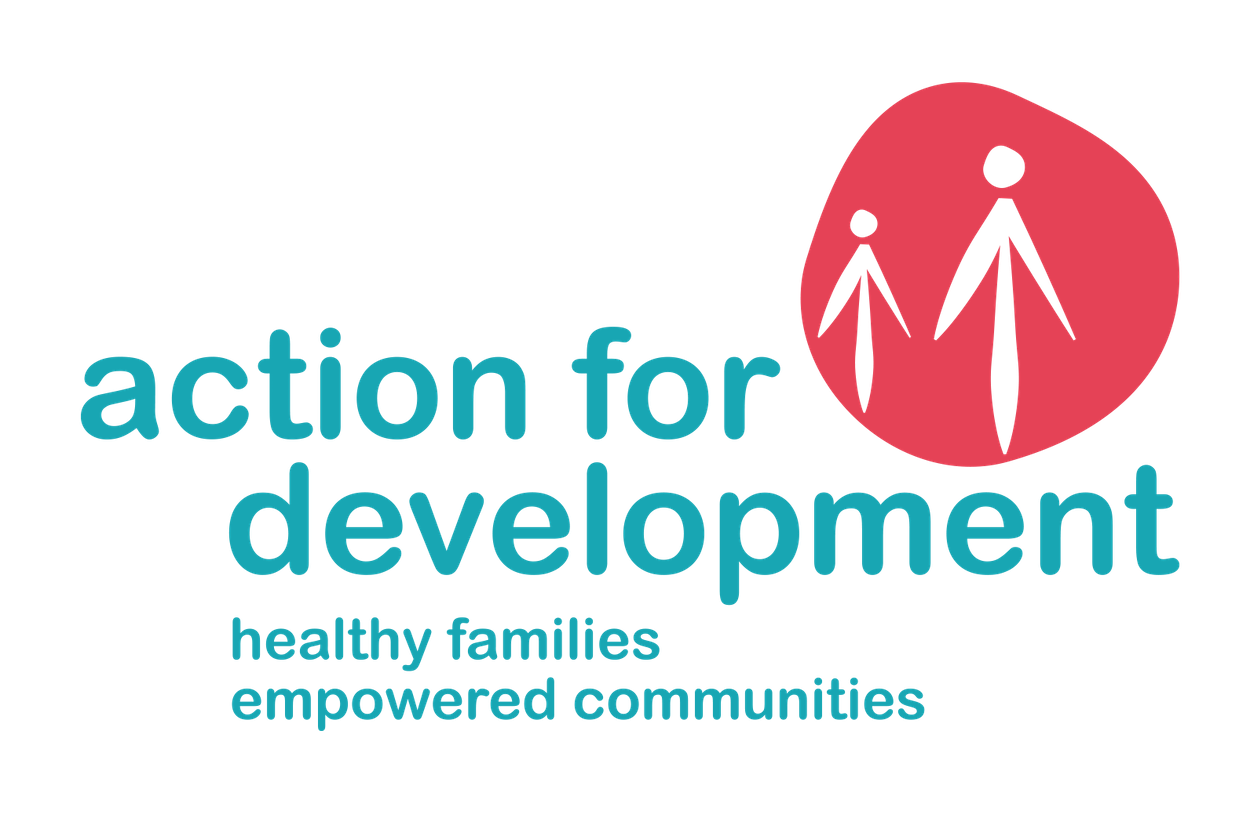INCLUSION AND EDUCATION
School for street-working children – Kabul, Afghanistan
By Elena Moroni, External Relations Officer and Maria Catenacci, Education Specialist, at Action for Development (AfD)
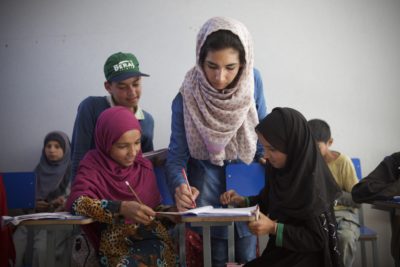
This article takes into consideration the gender perspective towards inclusion in education, focusing on girls’ access to education in Afghanistan. In particular, we focus on Action for Development’s “school for street-working children” program in Kabul, aiming at providing equal access to school for the community’s most marginalized boys and girls.
In line with its mandate, the 2020 GEM Report assesses progress towards Sustainable Development Goal 4 (SDG 4) on education and its ten targets; the Report also addresses inclusion in education, drawing attention to all those excluded from education, because of background or ability.
Educating girls is a universally accepted strategy for improving lives and advancing development. Girls’ schooling is associated with many demographic outcomes, including later age at marriage or union formation, lower fertility and better child health.
Educated girls can make informed choices – and from a far better range of options. Educating girls saves lives and builds stronger families, communities and economies.
Often, girls are marginalised and are out of school simply because they are girls and it is not the cultural norm. Their chances of getting a quality education are even smaller if they come from a poor family, live in a rural area or have a disability.
Girls are four times more likely to be out of school than boys from the same background. The poorest girls also have the least likelihood of completing primary school.
There are often legal, religious and traditional practices that discriminate against girls having the chance to get an education.
Barriers to girls’ education include:
- Poverty and child labour
- Caring for family members
- Conflict and emergencies
- Child marriage and pregnancy
- Disability
- Cultural and religious norms
Here are just some of the benefits of giving girls an equal opportunity to be educated:
- Economic growth
- Health knowledge improves child health
- Smaller and more sustainable families
- Fewer girls in child marriages
- More skills to be leaders
According to UNICEF’s 2019 Annual Report, 3.7 million children remain out of school in Afghanistan, 60% of whom are girls; meaning 2.2 million school-aged girls are currently out of school. According to the 2020 GEM Report: in Afghanistan fewer than 80 girls for every 100 boys completes primary school; at the upper secondary level, male completion rates were more than twice the level of female completion rates; female literacy rates are around or below 30%.
Action for Development has launched, in 2016, an education program dedicated to street-working children in Kabul, where it is estimated 60,000 children are engaged in child labour.
Exposed to poverty and abuse, forced to work on the streets in order to provide for their families, a high number of girls do not attend school. “Conflict and violence have particularly exposed women and girls to abuse, including gender-based violence. The practice of child marriage remains prevalent in the country. Harmful cultural practices often entail the imposition of strict gender segregation rules and restricted mobility, thereby compromising access to education”[1].
AfD’s schools provide marginalized boys and girls in Kabul with the possibility to attend an inclusive semi-formal school where they can learn basic literacy and numeracy skills together with drawing, practical and technical knowledge.
Following the COVID19 pandemic, AfD’s schools were forced to be closed between March and June 2020; lessons started again at AfD’s “Kart-e-Char” center on July 11th, and a new location was opened in the district of “Den-Afghanan”. Classes at AfD’s Comprehensive Healthcare Center in “Qusaba” have not resumed yet. The number of students and the number of classes provided per day has been modified due to public health measures.
As a result, currently we have 2 rooms at both Karte-Char centre and at Den Afghanan centre. Children attend a 2-hour daily lesson in 4 small groups of 10/13 in each class. Our actual total capacity is therefore of around 200 children.
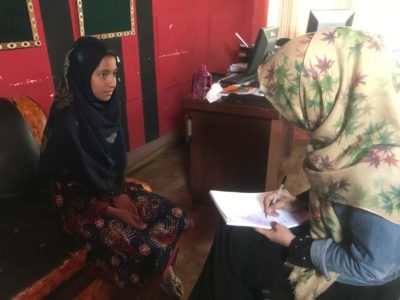
Asma is a student at AfD’s school; upon resuming classes, she told her teacher: “I had very difficult days during lockdown; I had to work on the street, even if I was scared of the coronavirus, I had to work. At night I would have nightmares about getting sick, we could not afford health care and we did not have proper food to eat. When I was working on the street I was scared of contracting the virus. When I heard that the school had re-opened I was very happy, I had hope again about life and about studying, I decided to come here. At school, we get our hands disinfected and they provide us with a mask, and we also eat healthy food. This way I have the energy to work and provide for my family. Thank you for being here and for helping us”.
“In Afghanistan, women were almost completely absent from grade 1 textbooks published in the 1990s. Since 2001, they have been represented more frequently, but usually in passive and domestic roles, shown as mothers, caregivers, daughters and sisters. They are mostly represented as dependent, with teaching being the only career open to them. Many teaching positions are reportedly gained through bribery or nepotism. Financial and other obstacles to entry may effectively block candidates from diverse socio-economic backgrounds and can also exacerbate gender disparity.
For every 100 male teachers in the country, there are 66 female teachers. This creates an obstacle to girls’ education in regions where traditional values prohibit girls being taught by men.”[2]
AfD’s strategy towards gender equality also includes training female teachers; in fact, AfD’s schools currently employ an all-female staff, including the Program Coordinator and the school’s teachers. AfD’s teachers dedicate parts of their schedule towards raising awareness among the community about the importance of girls attending school.
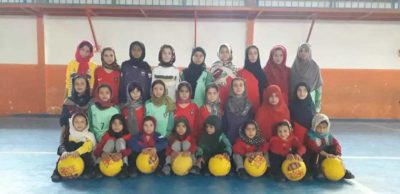
The school’s sports program, introduced in 2018 and opened to girls’ participation in 2019, gives girls the chance to practise with an all-female football team.
Children attending AfD’s schools gain the necessary skills to help them and their families leave the cycle of poverty; at the same time they have the chance of accessing formal education and re-integrate into society.
Educated girls improve their lives and their communities, advancing women’s integration in the workforce and gender equality.
The 2020 GEM Report reminds us that, no matter what argument may be built to the contrary, we have a moral imperative to ensure every child has a right to an appropriate education of high quality.
“Countries need to focus on making schools more inclusive for all students, whatever their background, ability or identity. This requires better sanitation facilities in schools, greater attention to school-related gender-based violence, including online, and policies encouraging pregnant girls to go back to school. The message of inclusion resonates strongly at a time when COVID-19 has exacerbated inequality”[3].
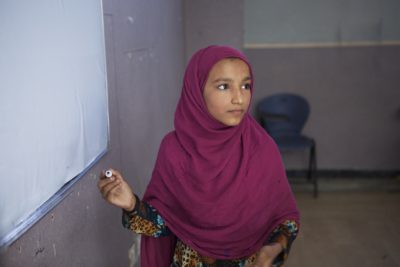
To learn more about AfD’s education program: http://www.actfordev.org/education/and to make a donation: https://www.globalgiving.org/projects/support-education-for-marginalized-children-kabul-afd/
[1]https://www.unicef.org/afghanistan/media/5116/file/English%20.pdf
